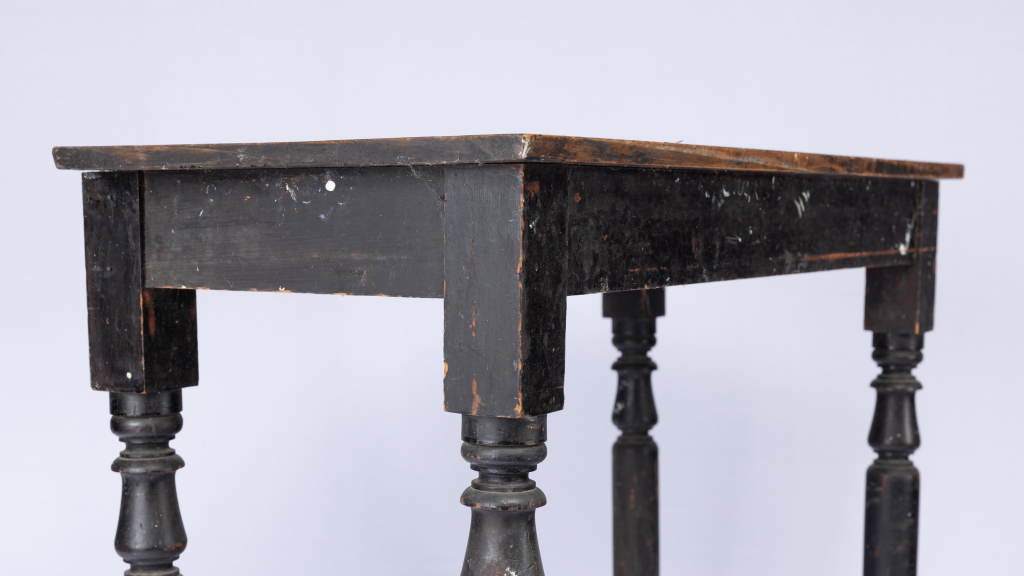
This humble table played a simple role in a not-so-simple house, for two not-so humble families. It was used for ironing at Duckenfield Park House, a grand colonial home in Morpeth. Built in 1853-4 by John Eales (1799-1871), said to be the wealthiest man in the colony, the 45 roomed mansion was later occupied from […]
Read More…
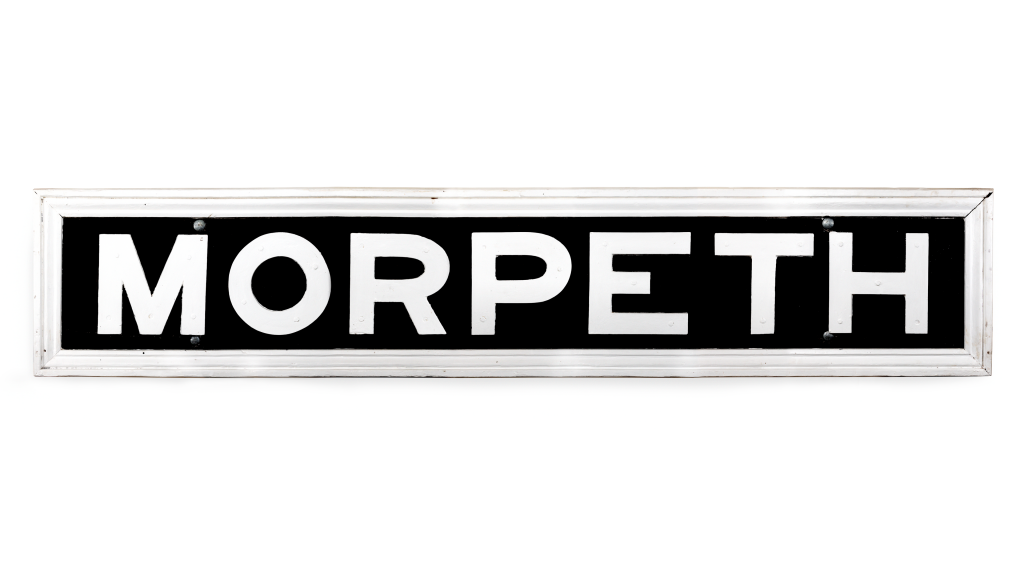
Every train station has one. The familiar sign that reminds you to get off the train at your stop, or to stay on, if it’s not. Like all others, this sign from Morpeth train station at Robert Street, Morpeth, is a silent witness of decades of comings and goings. Built in 1889, Morpeth was just […]
Read More…
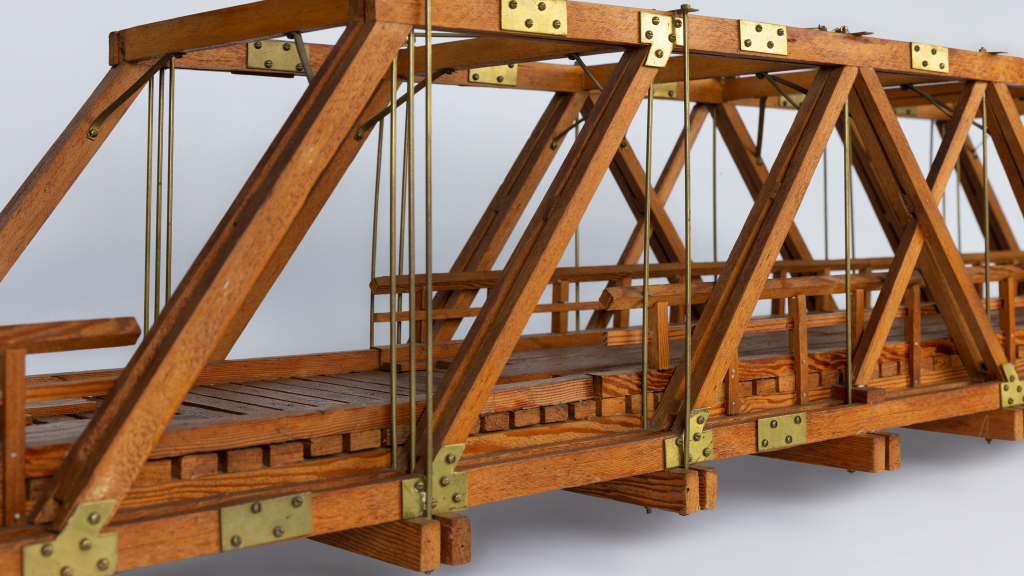
How many pieces of wood does it take to build a miniature bridge? How many hours, and how much patience? With its clever system of interconnected triangles and cast-iron joints, this 1:25 exact scale model of one of the three spans of the Morpeth bridge was expertly and painstakingly pieced together by Michael Deguara. A […]
Read More…
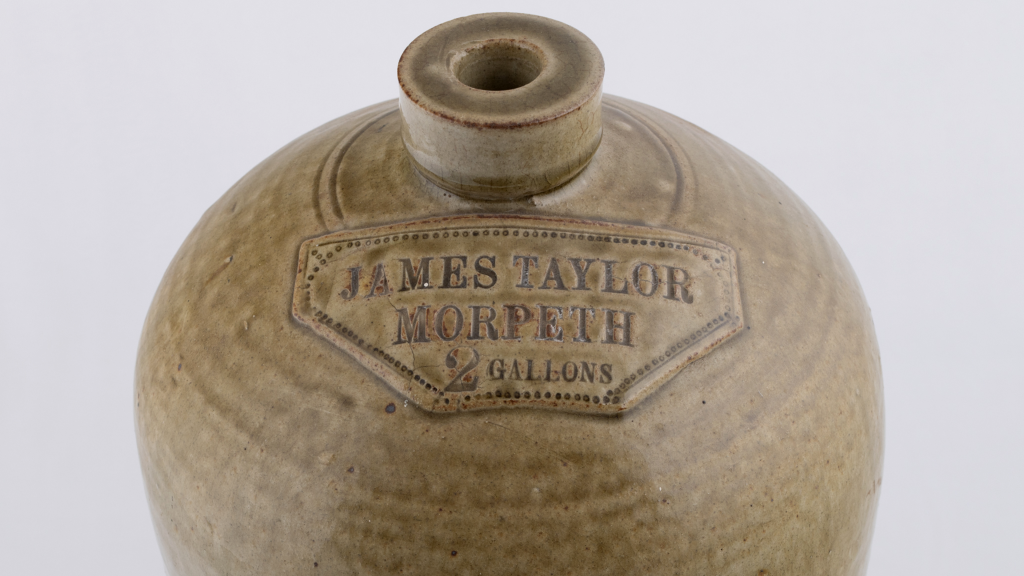
While the clay was still wet, a potter carefully impressed a stamp with the words ‘JAMES TAYLOR / MORPETH’ into the medallion on the collar of this two-gallon (3.8 litre) stoneware bottle. It was probably just one in a large batch of identical bottles that were fired in the kilns that day. The bottle was […]
Read More…
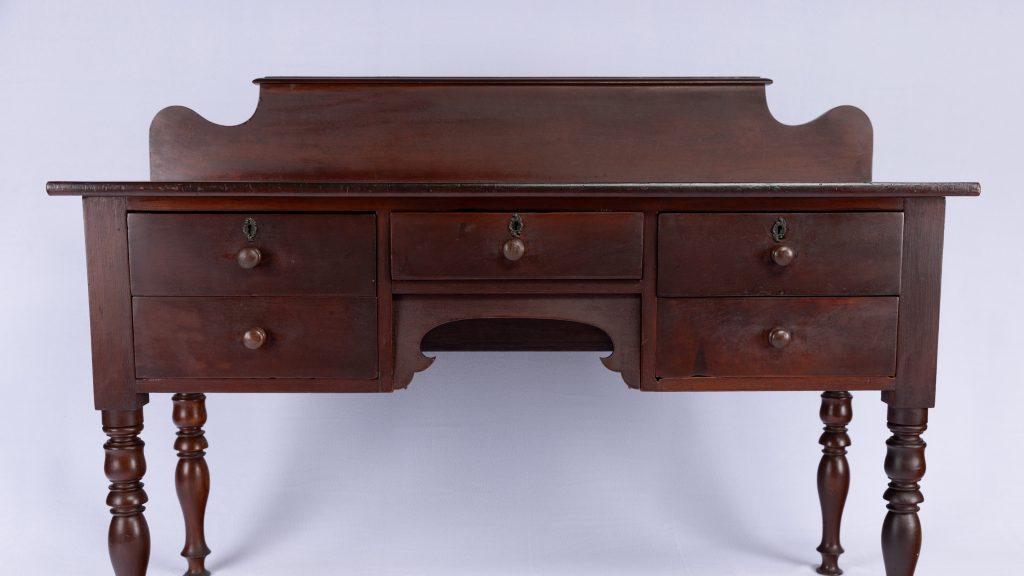
Seated at this elegant desk, Irishman John Hayes (c. 1861-1934) shuffled his papers, dipped his pen into his inkwell and meticulously inscribed his accounting records in his ledger books. In 1907, Hayes had been appointed as auditor to the Morpeth Borough Council and quickly proved to be thorough and reliable, spending countless hours at this […]
Read More…
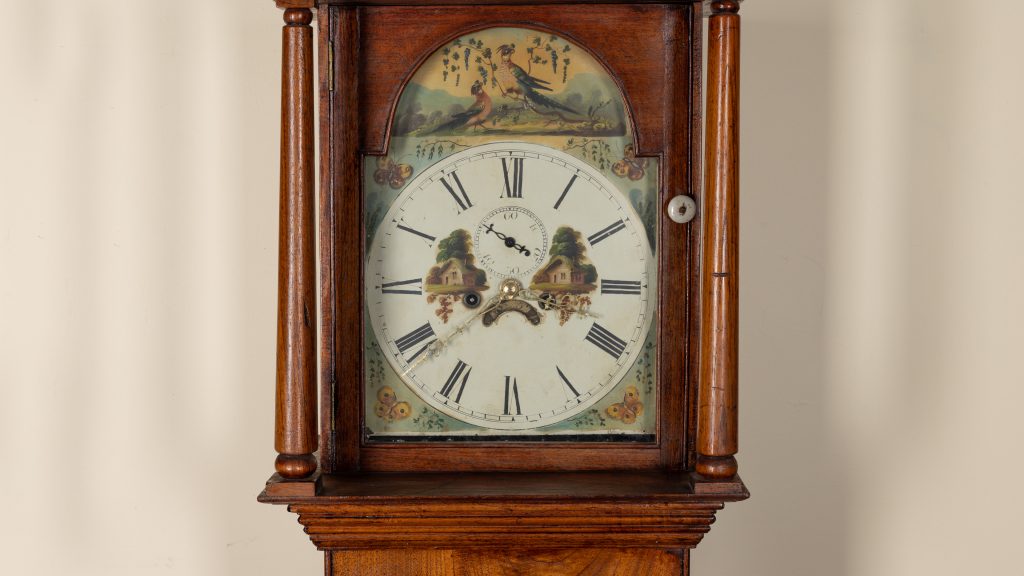
Onboard the ship Eliza when she docked in Sydney on 25 June, 1828, were 158 convicts sent from Britain. Among them was James Redding, a man seemingly condemned for life, as he faced an uncertain future in an unknown land. In the years that immediately followed his arrival, James’ days were dictated by the tick […]
Read More…
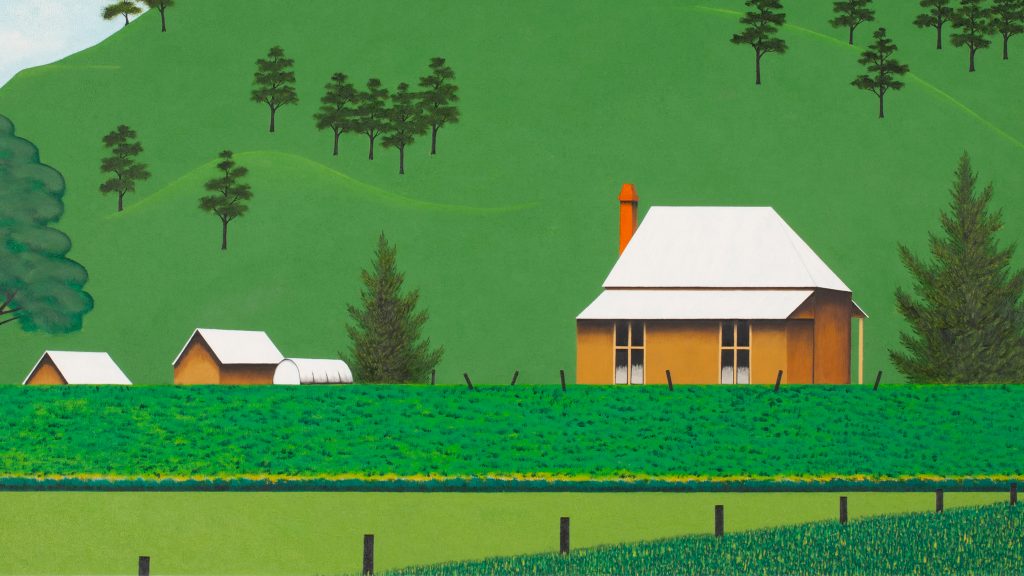
On an unknown day in 1976 Max Watters (1936-2020), an established Hunter Valley landscape artist, headed north from his home in Muswellbrook in search of inspiration. After taking the Glenbawn Road, east of the small town of Aberdeen, Max crossed the Hunter River (Coquun). He navigated the wind in the road that bends around undulating […]
Read More…








